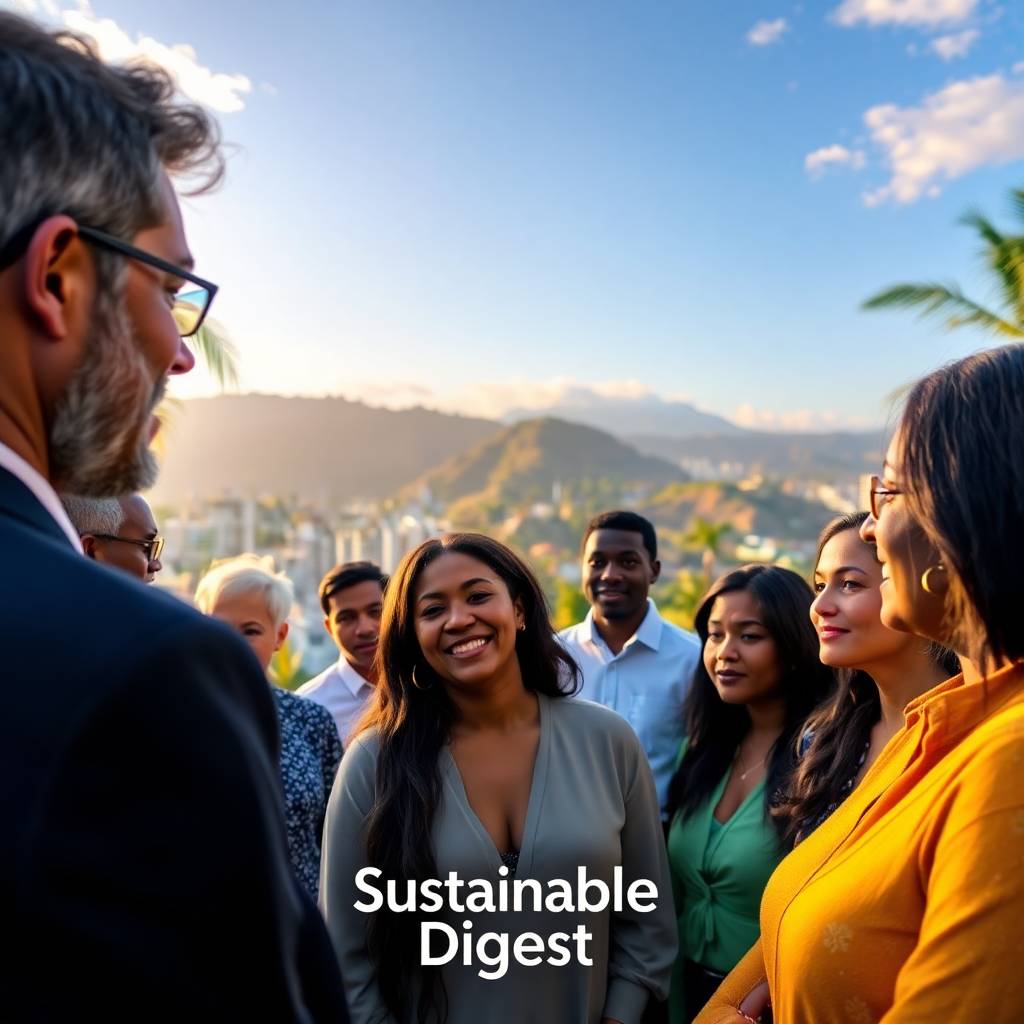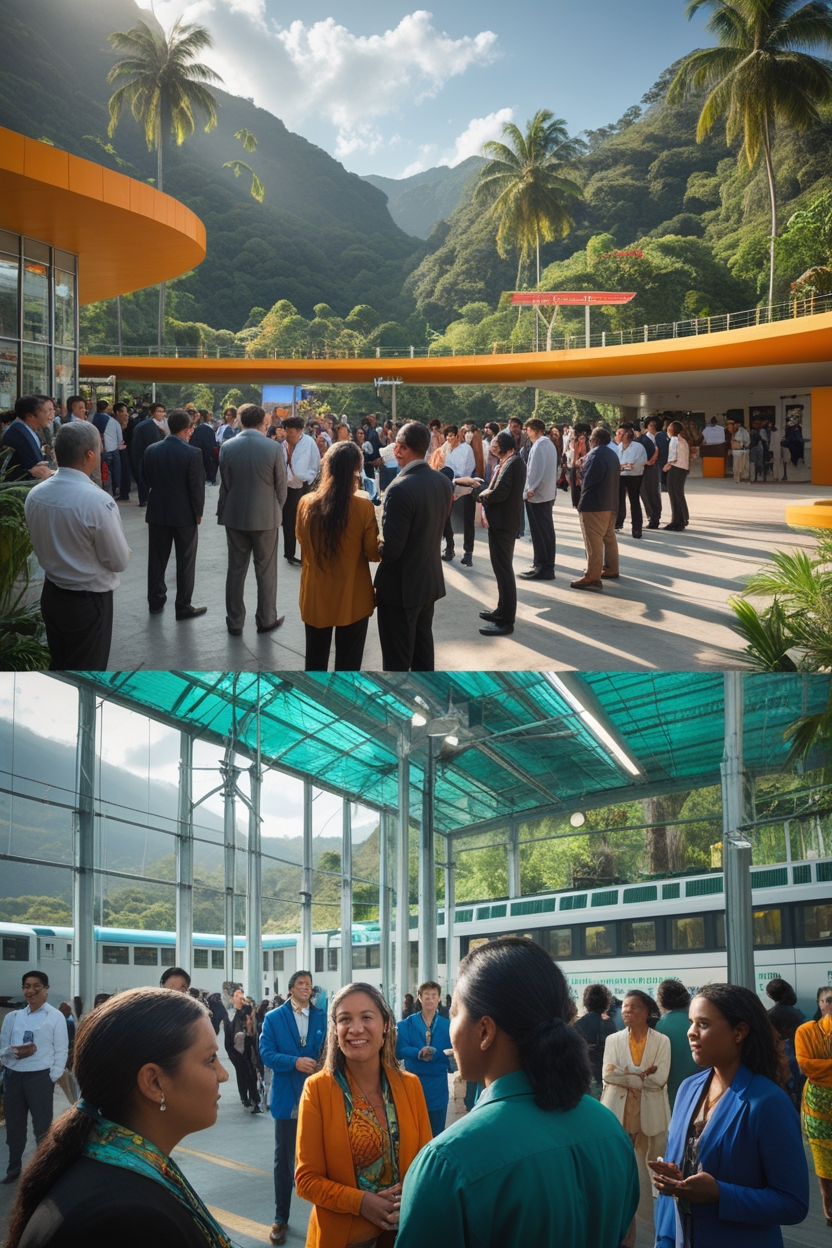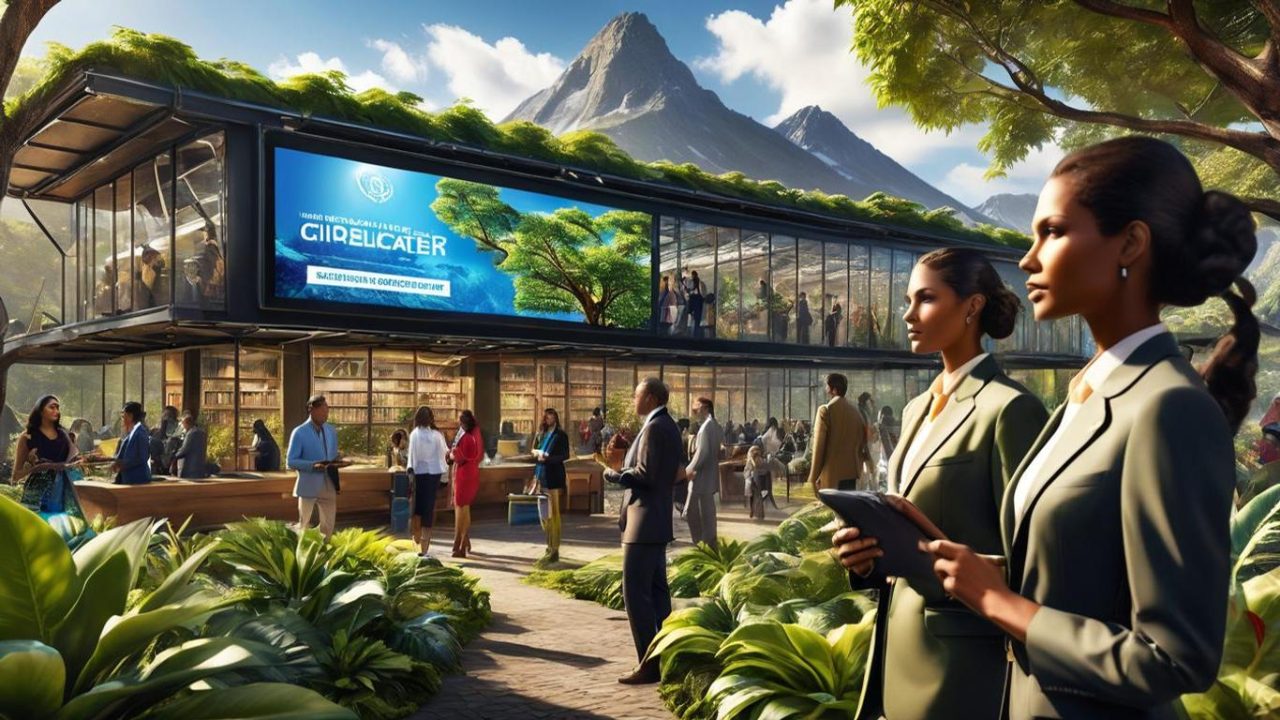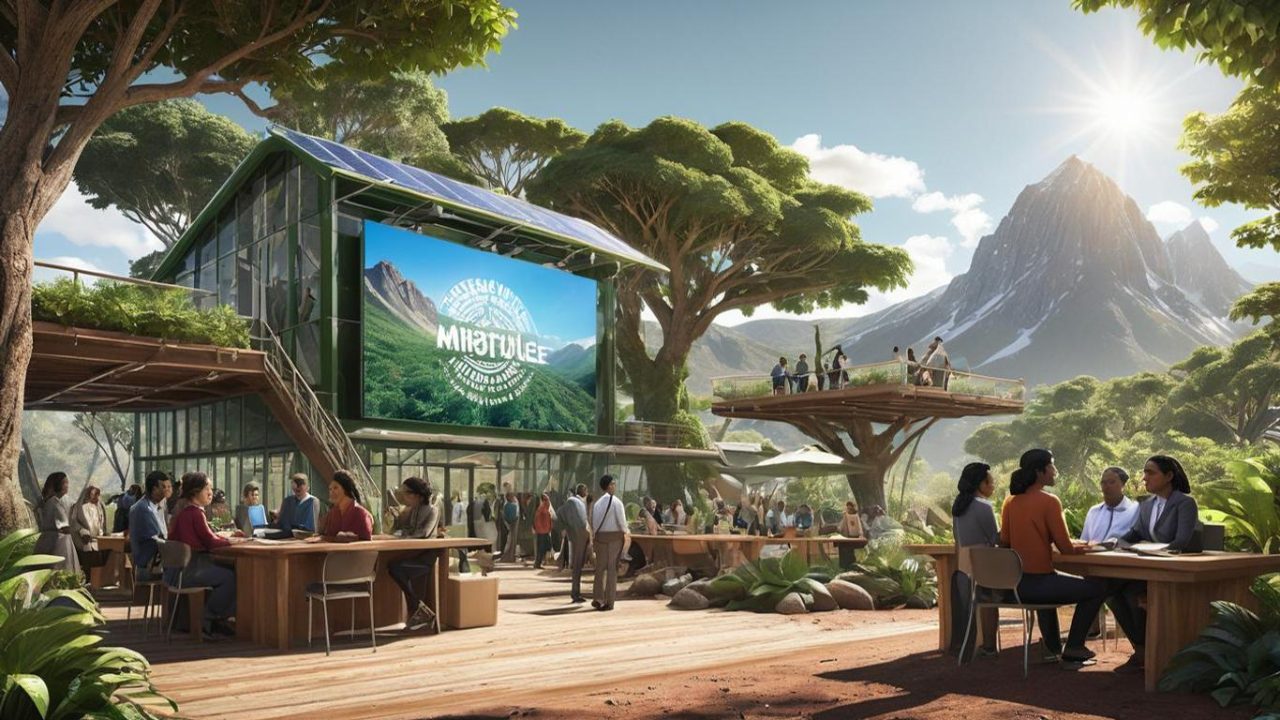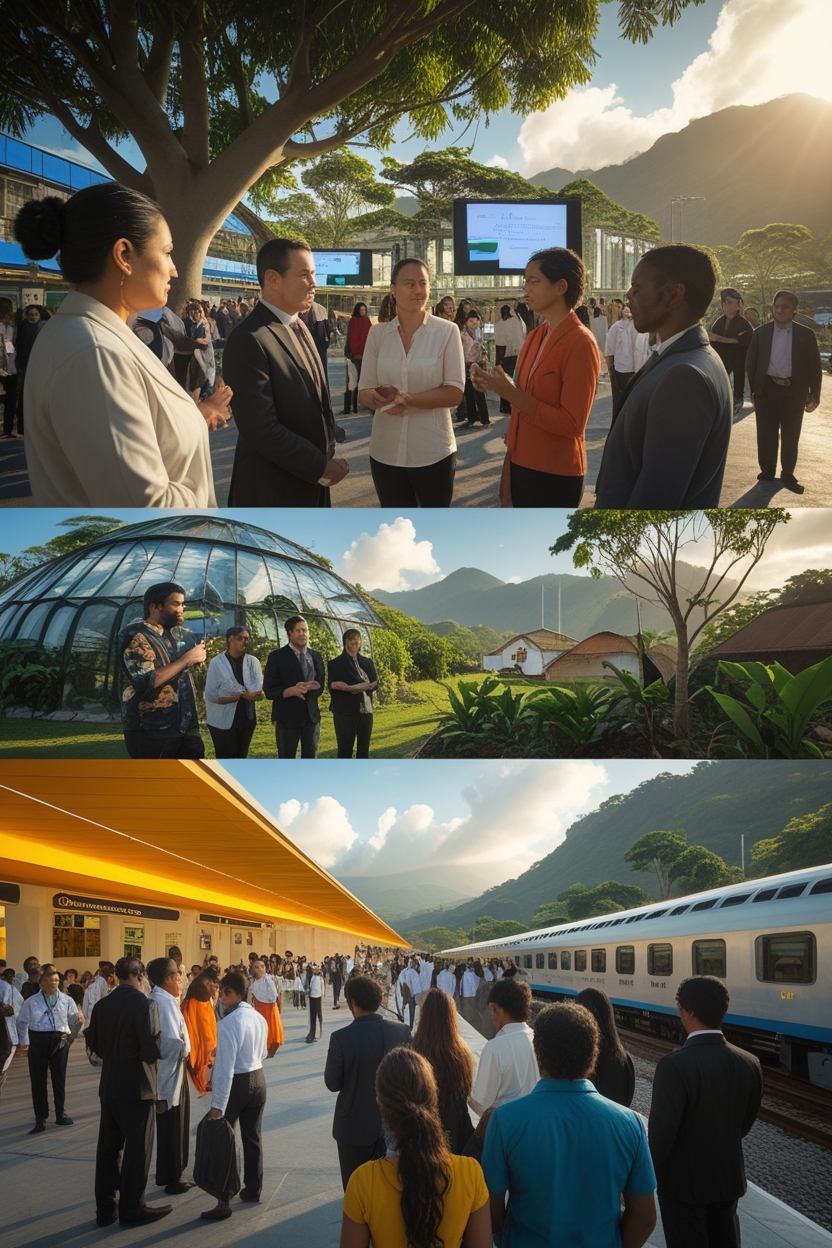

Every year, a special day on the United Nations calendar brings together governments, organizations, and people from all over. It’s a time to tackle big environmental and social issues together. This day helps push for global sustainability by working as one.
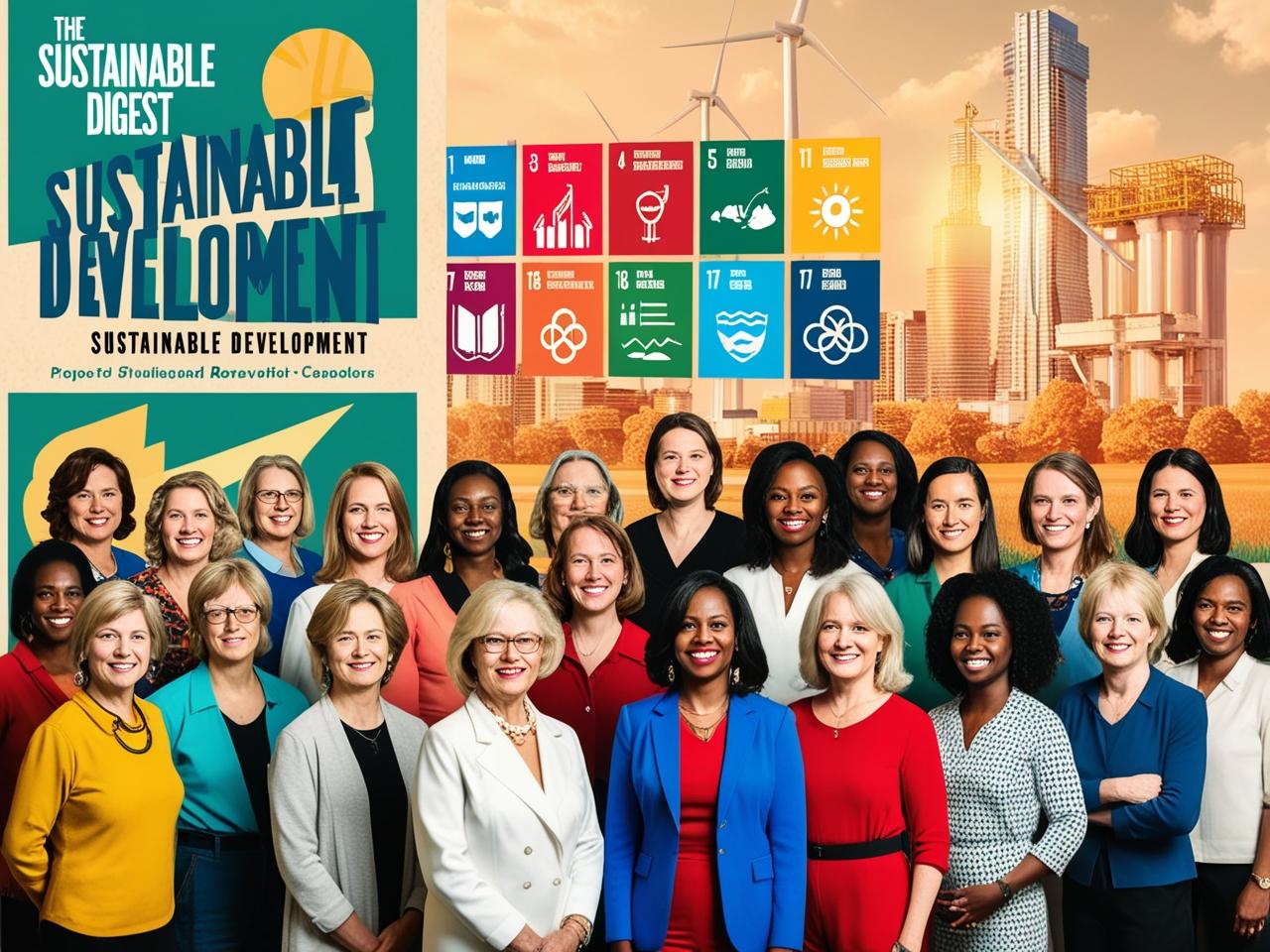
The UN’s 17 Sustainable Development Goals (SDGs) are at the heart of these efforts. They set clear goals to fight inequality, tackle climate change, and boost the economy. Working together, different groups make sure everyone has what they need to succeed.
May 12th shows how international cooperation leads to real change. It sparks educational efforts, policy discussions, and community projects. These actions show that working together is key to lasting, fair progress.
The Significance of May 12th in Global Sustainability
May 12th is a key day for global sustainability efforts. It brings together different initiatives under the United Nations’ vision. This day is where environmental action and social progress meet, thanks to years of working together.
Understanding the UN’s Sustainable Development Framework
Historical context of UN sustainability initiatives
One could argue that the United Nation’s sustainability work began when the UN started in 1945. It grew from the 1972 Stockholm Conference. Today, it’s the UNSDGs Sustainable Development agenda, with goals for 2030. The World Economic Forum shows how it keeps up with climate changes.
ECOSOC’s role in coordinating global efforts
ECOSOC is the UN’s main coordination center. It connects 54 member states and agencies. It helps align policies in areas like habitat preservation and economic reforms. A 2023 UN report says ECOSOC has streamlined 78% of sustainability projects.

May 12th as a Convergence Point
Coordinated observances across multiple UN agencies
On May 12th, groups like FAO and UN-Habitat hold events on food security and urban sustainability. This alignment gets more media coverage and donor support. Last year, a joint campaign reached 160 million people through social media.
Synergy between environmental and social initiatives
Tree-planting on May 12th helps with clean water access (SDG 6) and creates jobs. UNWTO’s 2024 report shows eco-tourism boosts local incomes by 34%. This shows environmental and social goals work together.
“May 12th observances turn theoretical frameworks into actionable blueprints through multi-stakeholder participation.”
World Economic Forum, 2024 Sustainability Review
Key May 12th International Observances
May 12th brings together three global initiatives. They tackle big sustainability challenges in different ways. These efforts show how we can care for the environment, preserve culture, and innovate in cities.

International Day of Plant Health
The Food and Agriculture Organization (FAO) leads this day. They fight plant pests that harm 40% of the world’s crops. Their 2024 plan includes:
- Early warning systems for 12 high-risk pathogens
- Farmer training programs in 68 countries
- Bio-control adoption reaching 15 million hectares
FAO’s Leadership in Agricultural Sustainability
The FAO has cut pesticide use by 27% in partner countries since 2021. They’ve mapped 140 million acres of farmland digitally.
2024 Global Crop Protection Initiatives
This year, they’re investing €240 million in drought-resistant crops and AI for pest prediction. Seven new biocontrol agents got international approval in Q1 2024.
Buddha Day/Vesak Observances
UNESCO recognizes Vesak to highlight spirituality’s role in saving the planet. Over 900 temples worldwide are now part of ecological mindfulness programs.
UNESCO’s Recognition of Spiritual Sustainability
“Environmental care is key to enlightened living,” UNESCO’s 2024 Interfaith Ecology Manifesto says.
Dr. Amina Jallow, UNESCO Program Director
Interfaith Environmental Initiatives
2024 sees some big collaborations:
- Buddhist-Christian rainforest restoration in Borneo
- Hindu-Muslim water conservation projects along the Ganges
- Global multi-faith recycling challenge
World Topiary Day
This day turns ornamental gardening into action against climate change. UN-Habitat says green spaces can cool cities by 4-7°F.
Urban Green Space Preservation Efforts
Chicago’s Millennium Park shows how topiary can boost park use by 300%. It also sequesters 18 tons of CO2 every year.
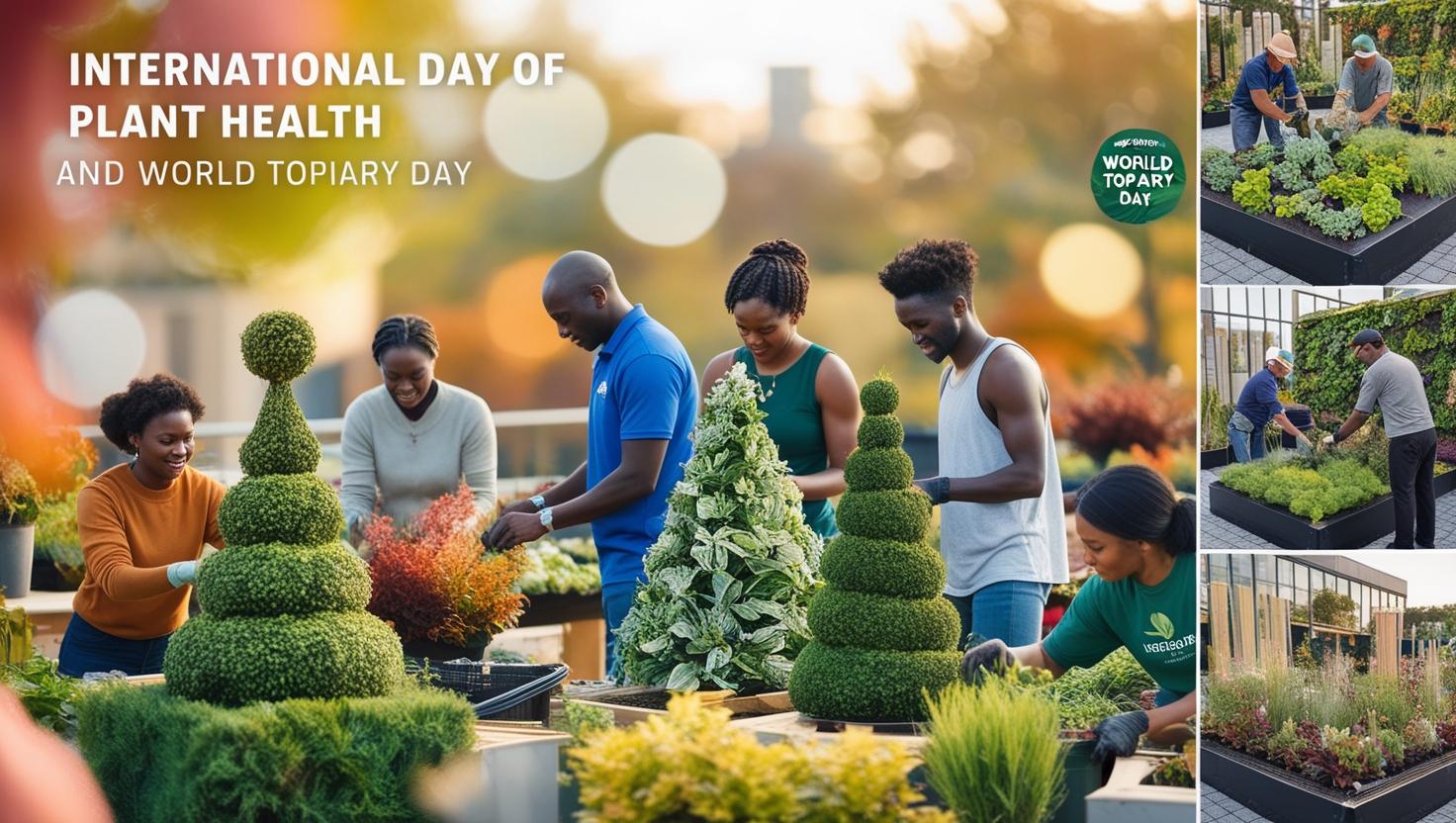
UN-Habitat’s City Planning Collaborations
| City | Project | Green Area Added |
|---|---|---|
| Melbourne | Canopy Corridors | 1,200 acres |
| Mexico City | Vertical Gardens | 850 structures |
| Toronto | Pollinator Pathways | 63 miles |
UN Agencies Driving Sustainable Development
Three key United Nations agencies are leading the way in sustainability. The Food and Agriculture Organization (FAO), World Tourism Organization (UNWTO), and International Labour Organization (ILO) each tackle big environmental and social issues. They use different approaches to make a real difference.
Food and Agriculture Organization (FAO)
Soil health monitoring programs are now in 78 countries, covering 12 million hectares. They use AI sensors to track soil health. FAO’s 2024 data shows these efforts stop 1.2 billion tons of soil loss each year.
The FAO has also set up 45 innovation hubs this year. These hubs use satellite tech and local knowledge to improve farming. They’ve seen a 18% increase in yields in areas with little rain.
World Tourism Organization (UNWTO)
UNWTO’s sustainable tourism certification program has certified 1,850 eco-lodges and tour operators in 2024. To get certified, places need to use 40% of their energy from local sources and have 75% of their staff from the area.
This year, the ecotourism development goals aim to protect 500 coastal areas. They use visitor fees to fund marine conservation projects. This way, 30% of tourism money goes to protecting the oceans.
International Labour Organization (ILO)
ILO’s green job creation initiatives have trained 650,000 workers in renewable energy in Q1 2024. They focus on helping communities move away from fossil fuels.
New worker protection standards are in place for renewable energy jobs. Workers in battery recycling and solar farms get special pay and safety rules. These rules apply to 92% of ILO’s renewable energy projects around the world.
Sustainable Development Goals in Action

Two United Nations goals are changing how we care for our planet and manage resources. SDG 11 and SDG 12 offer clear plans for cities and businesses to grow while protecting the environment. They lead to real changes through new policies.
SDG 11: Sustainable Cities
Urban biodiversity protection measures are turning cities into green spaces. Singapore’s “City in Nature” project has added 18% more native species since 2020. Now, urban planners focus on green roofs and paths for pollinators to fight habitat loss.
Smart city energy solutions cut down on carbon emissions and make life better. San Francisco’s AI grid manages green energy, lowering peak usage by 23%. It shows that being green and efficient can go hand in hand.
SDG 12: Responsible Consumption
Global plastic reduction treaties got a big push at the 2024 UN Environment Assembly. 89 countries agreed to limit plastic production. They aim for 30% recycled content in packaging by 2030, tackling the 400 million tons of plastic waste yearly.
Circular economy implementation strategies are changing how things are made. A Midwestern car parts supplier now sends almost no waste to landfills. They turn metal scraps into new parts and rubber into playgrounds.
These SDG efforts show how focused environmental actions lead to big wins. From green cities to plastic-smart supply chains, we see real progress when we put the planet first.
Environmental Social Governance Priorities
Today, companies are under pressure to match their Environmental Social Governance (ESG) plans with global standards. Over 60% of S&P 500 firms now share climate risks in their annual reports. This shows a big change towards open Corporate Social Responsibility.
Corporate Climate Commitments
The Science Based Targets initiative (SBTi) is now the top choice for cutting emissions. By 2023, 1,143 companies worldwide had set targets, a 400% jump from 2020. Key highlights include:
Science Based Targets Initiative Progress
Manufacturing companies cut Scope 3 emissions by 18% with SBTi plans. “Target validation ensures companies aren’t just greenwashing,” says a UNEP climate advisor. Blockchain now checks 32% of carbon credits traded, up from 9% in 2021.
Carbon Credit Verification Systems
New platforms use satellites and AI to spot fake offsets. Here’s a comparison of old and new verification methods:
| Method | Accuracy Rate | Verification Speed |
|---|---|---|
| Manual Audits | 72% | 45 Days |
| AI Analysis | 94% | 6 Hours |
| Blockchain Tracking | 99% | Real-Time |
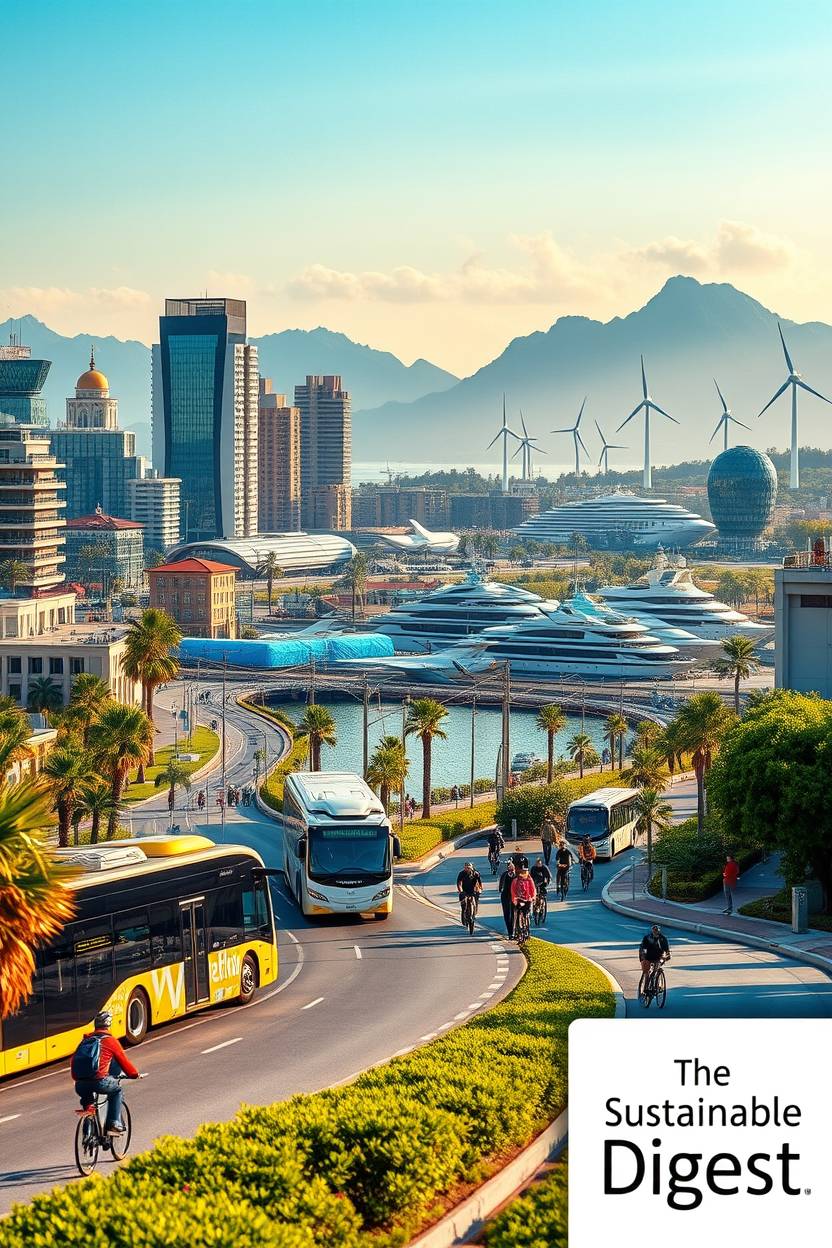
Supply Chain Sustainability
Now, 78% of buyers care about ethical sourcing. Top companies use two main approaches:
Conflict Mineral Tracking Technologies
Blockchain tracks cobalt and lithium from mine to factory. Ford Motor Company cut conflict mineral issues by 62% with IBM’s blockchain.
Fair Trade Certification Expansions
Now, 29% of new Fair Trade certifications are for critical minerals. Tesla’s 2023 report shows 41% savings on rare earth metals through certified suppliers.
“Ethical supply chains aren’t just moral imperatives – they’re becoming competitive advantages.”
Global Sustainability Consortium
Community Engagement Strategies
Communities are using new ways to help May 12th sustainability goals. They use mobile apps and work with local governments. This makes people more involved in helping the planet.
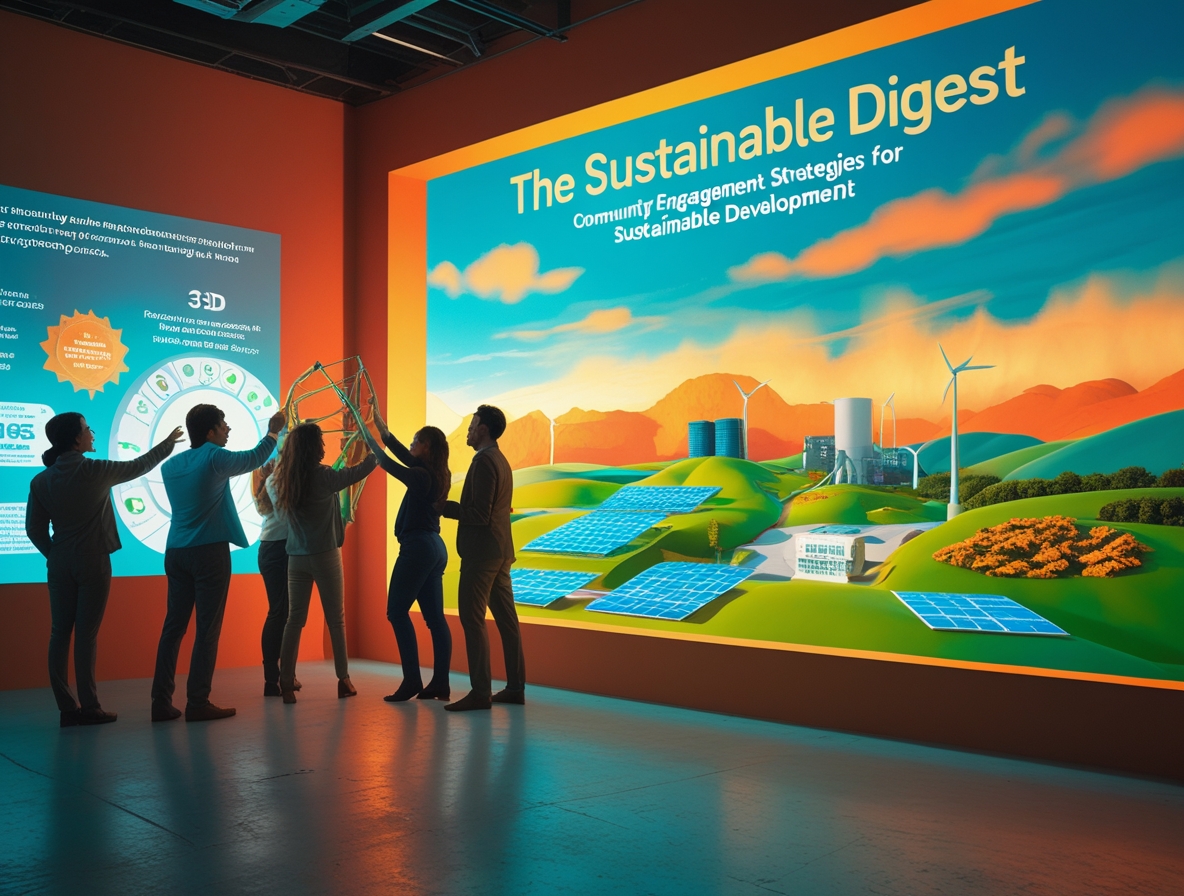
Citizen Science Initiatives
Citizen science connects people with environmental research. Over 1.2 million volunteers worldwide help by using digital tools. They give data to those who make policies.
UNEP’s Environmental Monitoring Apps
The United Nations Environment Programme’s Earth Challenge 2023 app lets users:
- Report plastic pollution levels
- Track biodiversity changes with photos
- Compare data with global standards
Urban Air Quality Reporting Systems
Cities like Denver and Philadelphia use air quality reporting tools. They:
- Find pollution hotspots quickly
- Change traffic during smoggy times
- Check government sensors
Local Government Partnerships
Municipalities are working together to meet sustainability goals. The 2024 U.S. Municipal Sustainability Index shows cities with partnerships make progress 43% faster.
Municipal Sustainability Scorecards
These tools check:
- Home energy use
- Public transit access
- Waste reduction programs
Climate Action Grant Programs
Federal climate action grants help local governments. They fund:
- Neighborhood solar projects (avg. $25,000–$50,000 grants)
- Projects to cool cities
- Upgrades to protect against floods
Cities with scorecards get 68% more grant money. This shows how important clear goals are.
Global Sustainability Challenges
Keeping nature safe while meeting human needs is a big challenge for governments and groups everywhere. Two big problems – people moving due to climate change and the need for more renewable energy – need quick action from everyone.

Climate Migration Pressures
Sea levels rising and extreme weather could move 216 million people by 2050, UNHCR says. Coastal areas face three big dangers:
UNHCR Displacement Projection Models
- South Asia: 40% of total climate migrants
- Sub-Saharan Africa: 86 million potential displacements
- Latin America: 17 million at risk
Coastal Community Adaptation Programs
Good answers mix tech and policy:
- Mangrove restoration projects in Bangladesh
- Netherlands’ amphibious housing prototypes
- California’s managed retreat initiatives
Energy Transition Barriers
Switching to green energy has big challenges. The International Energy Agency says “critical mineral supplies must quadruple” by 2030.
Critical Mineral Supply Chain Analysis
- Lithium demand: +4,200% by 2040
- Cobalt production: 70% from Congo
- Rare earth processing: 90% China-controlled
Grid Modernization Requirements
Upgrades needed for green energy include:
- Smart inverters for solar/wind farms
- Bidirectional charging stations
- AI-powered demand forecasting
These linked problems need joint effort and policy changes to avoid stopping global progress.
Innovations in Sustainable Development
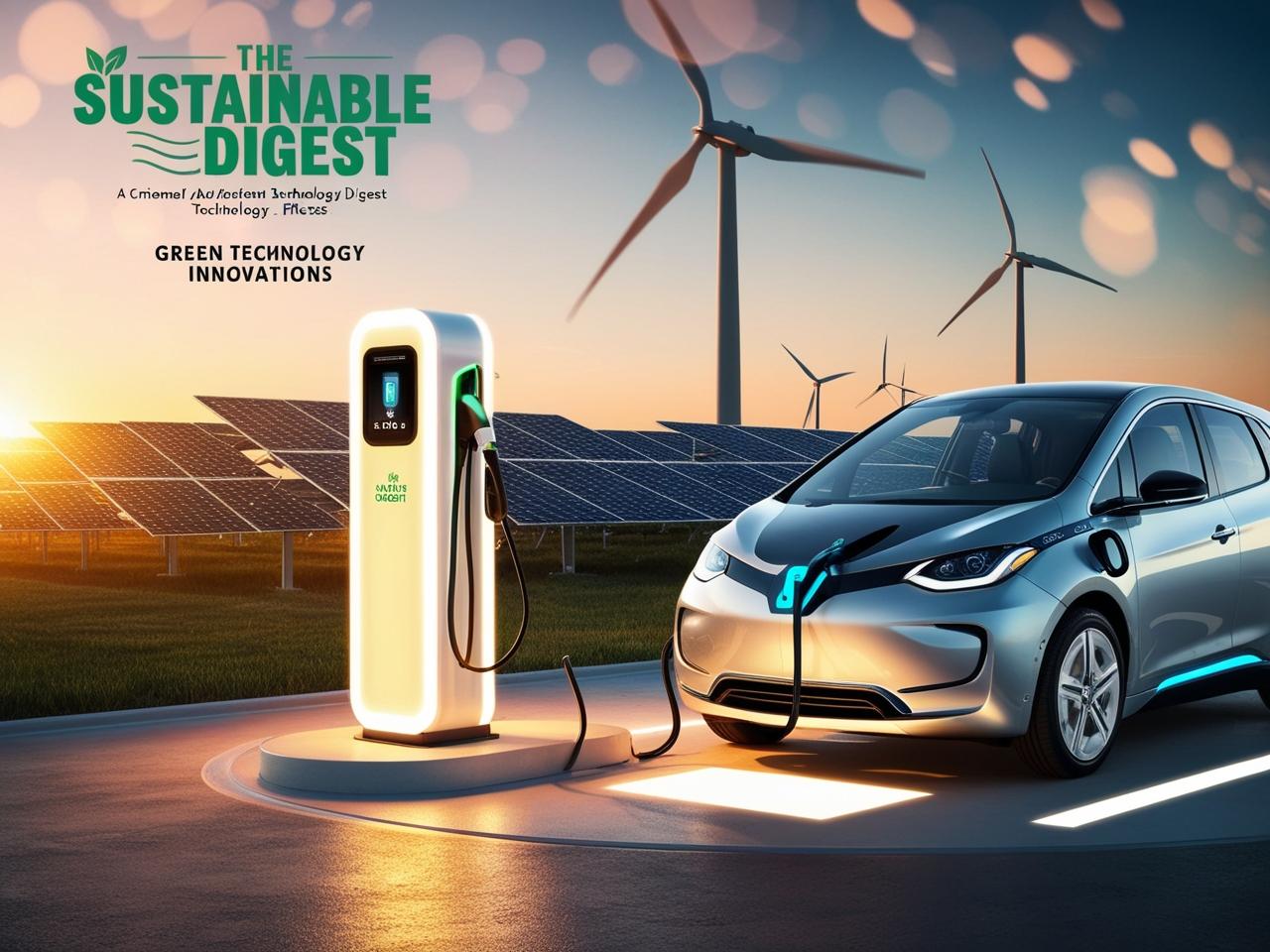
New technologies and financial models are changing how we tackle environmental issues. They include neural networks for tracking endangered species and insurance for coastal areas. These show how human creativity can help meet sustainability goals.
Revolutionizing Environmental Protection
AI-powered conservation monitoring lets us track ecosystems in new ways. Smart camera traps use machine learning to spot poachers and rare animals. They work 40 times faster than old methods and are 95% accurate.
New discoveries in carbon capture materials are exciting:
- Nano-engineered sponges that soak up CO2 from seawater
- Self-healing concrete that turns greenhouse gases into minerals
- 3D-printed graphene filters for cleaning industrial emissions
Transforming Climate Finance
The blue bond market has grown 300% since 2020. It supports marine conservation in 14 island nations. Now, it’s worth $8.2 billion, with Fiji’s $100 million bond protecting 30% of its sea area.
| Financial Instrument | 2023 Value | Key Beneficiaries |
|---|---|---|
| Blue Bonds | $4.1B | Coastal communities |
| Climate Insurance | $2.8B | Agriculture sector |
| Green ETFs | $12.4B | Renewable energy |
Parametric climate risk insurance helps 23 vulnerable countries. It pays out automatically when disasters hit, like hurricanes or sea temperature rises.
May 12th Observances Impact Measurement
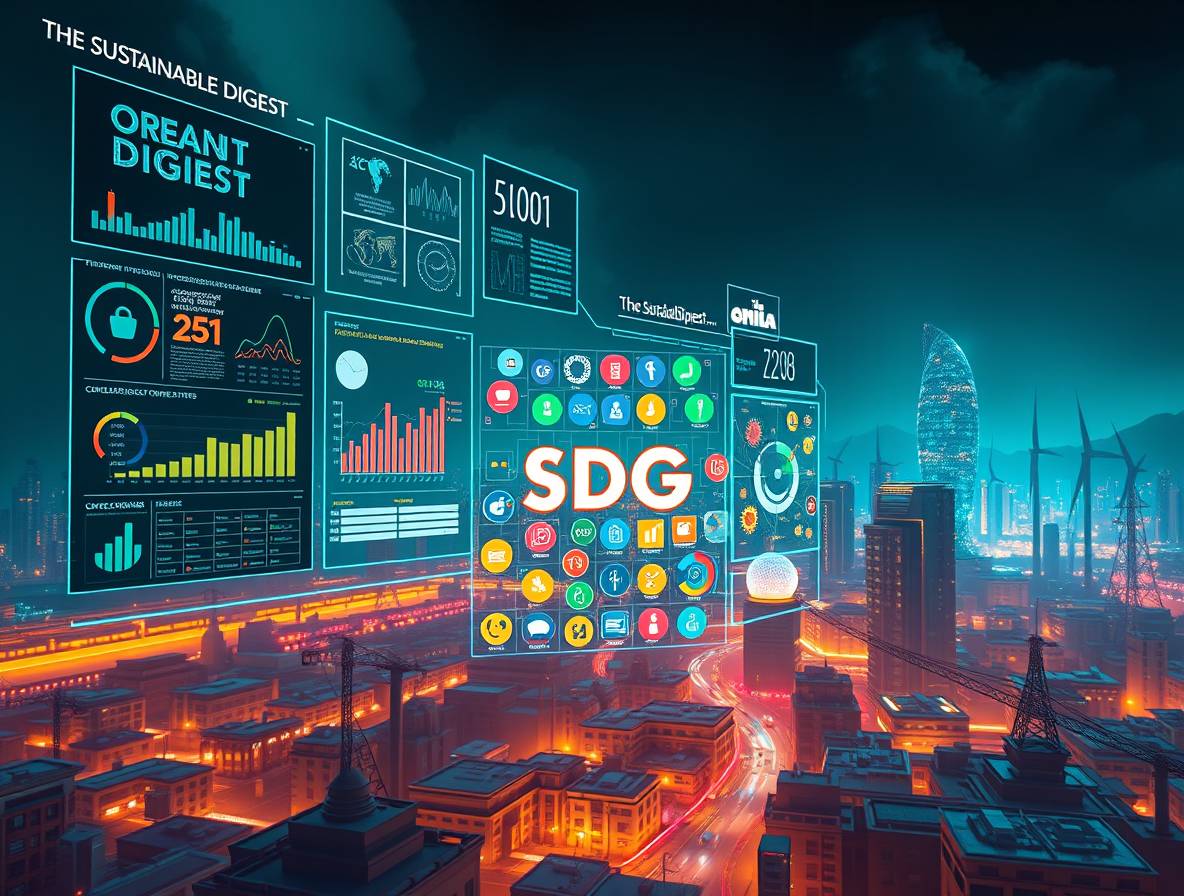
Measuring the success of global efforts to be more sustainable is key. As May 12th observances grow, groups use set frameworks to track their work. They want to show they are doing well and being accountable.
SDG Indicator Tracking
The UN Statistics Division has 231 official metrics for the Sustainable Development Goals. These metrics help governments see how well they are doing in areas like clean water and renewable energy. For instance, SDG 12.3.1 looks at food loss in supply chains using the same methods everywhere.
UN Statistics Division Reporting Frameworks
National reports through this system let countries compare themselves. More than 90% of UN member states use these standards to make sure their policies match SDG goals.
Corporate Sustainability Disclosure Standards
Companies use Global Reporting Initiative (GRI) metrics along with UN frameworks. GRI focuses on working with stakeholders, while the UN looks at big-picture progress. This mix helps companies be open about their work and meet global standards.
Multi-Stakeholder Accountability
Checking claims of sustainability is now more important than ever. A 2023 study showed 68% of people don’t trust companies’ environmental promises without outside checks.
Civil Society Monitoring Networks
Groups like Climate Action Tracker give quick checks on countries’ climate plans. They use local data to question official stories when progress seems slow.
Third-Party Verification Protocols
ISO 14064-certified auditors check 43% of companies’ emissions reports. This makes sure companies aren’t just pretending to be green. It also sets clear goals for all industries.
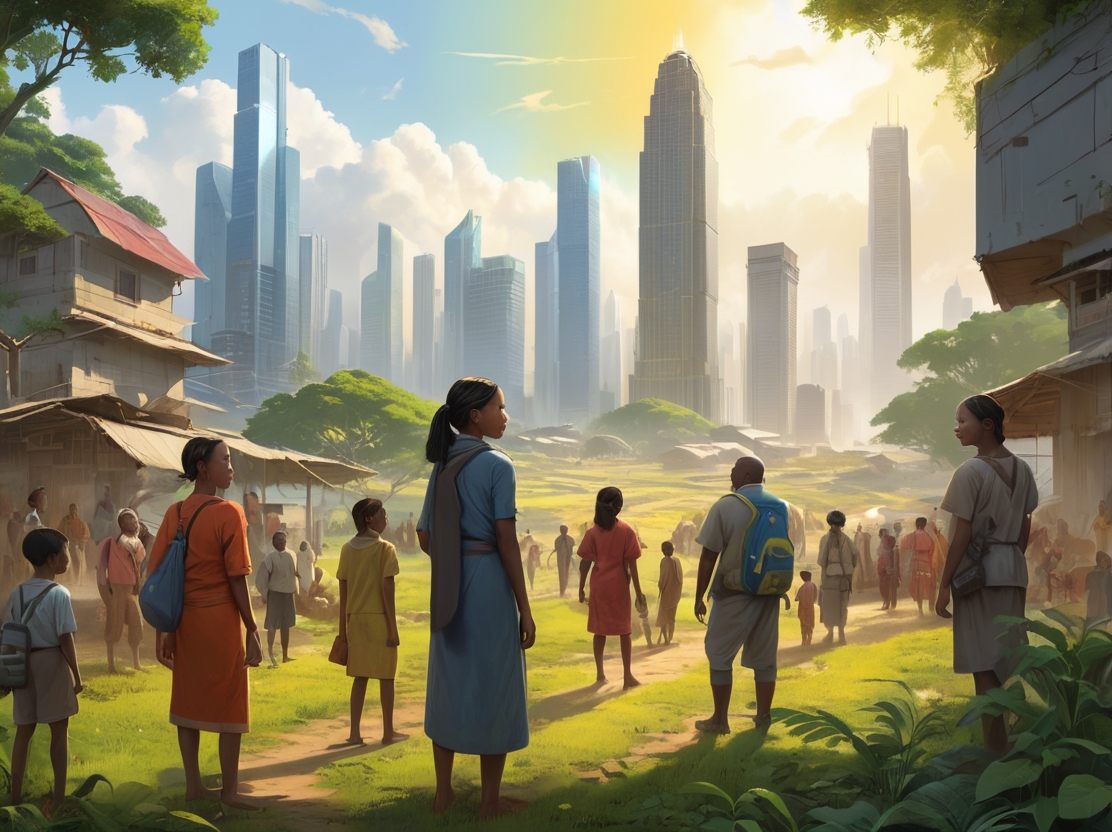
Conclusion
May 12th observances show how important it is to care for the environment, respect our culture, and grow our economy. These events help us work together to meet UN goals. They link local actions with big plans.
Companies like Patagonia and Unilever are leading the way in being green. They show how businesses can help the planet by making things better. The UN wants companies to report how they help with goals like reducing waste and making cities better.
We need to use science to make better policies. Working together, like the World Resources Institute and cities, can solve big problems. This helps everyone, especially those who are most vulnerable.
May 12th is a time to celebrate and push for change. It’s about making cities greener and reducing waste at home. Joining in these efforts helps us reach our goals for 2030. We need to keep working together, coming up with new ideas, and being responsible.
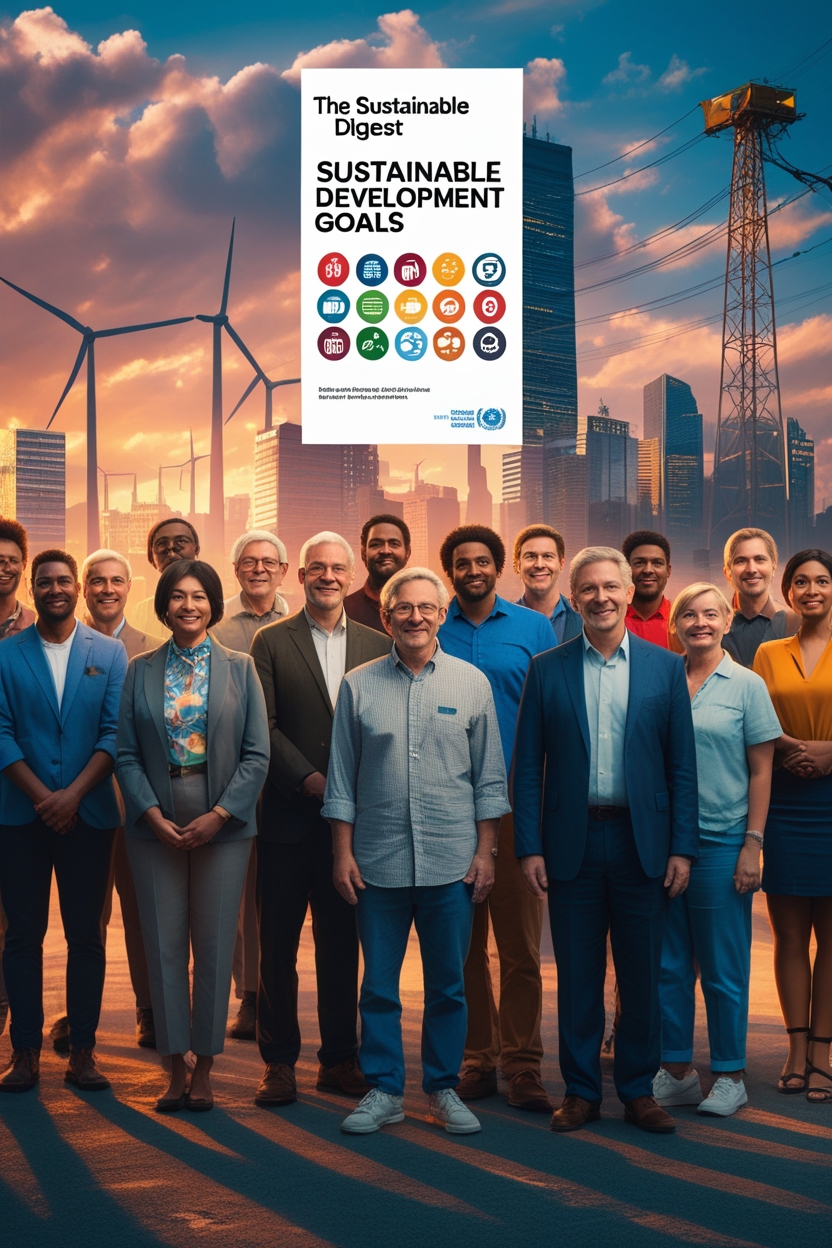
Key Takeaways
- May 12th serves as a unified platform for global sustainability initiatives
- The SDGs provide measurable targets for environmental and social progress
- ECOSOC coordinates cross-agency strategies to optimize resource allocation
- Collaborative action bridges gaps between policy development and local implementation
- Annual observances maintain momentum for year-round sustainable practices

